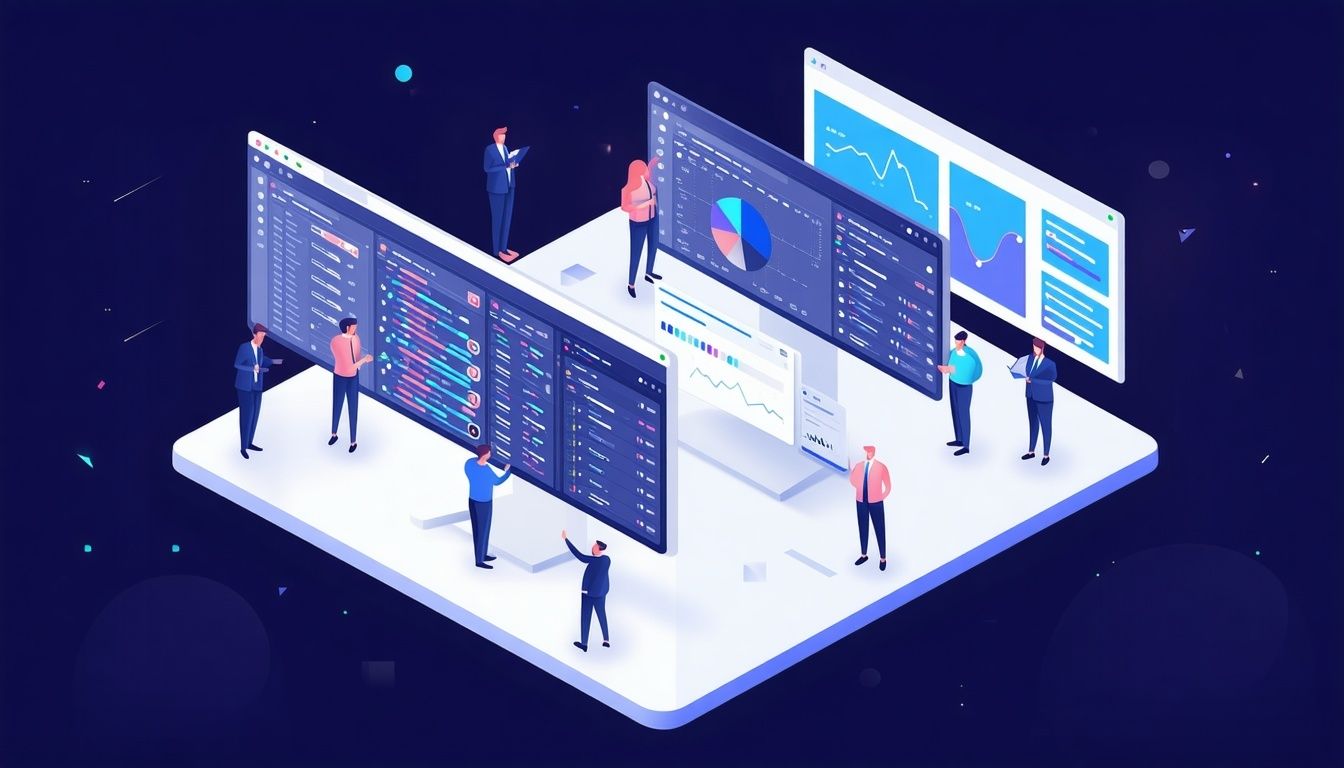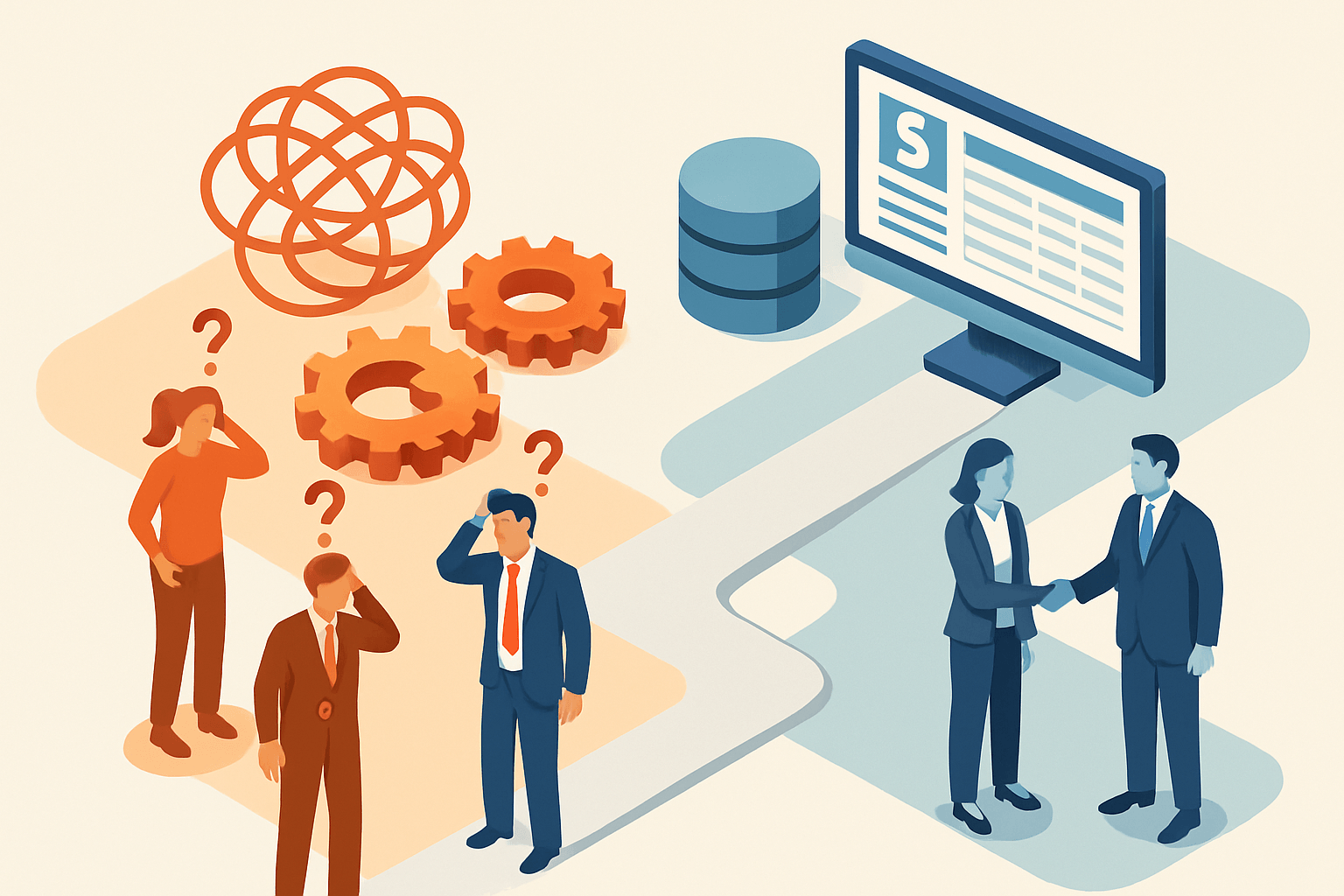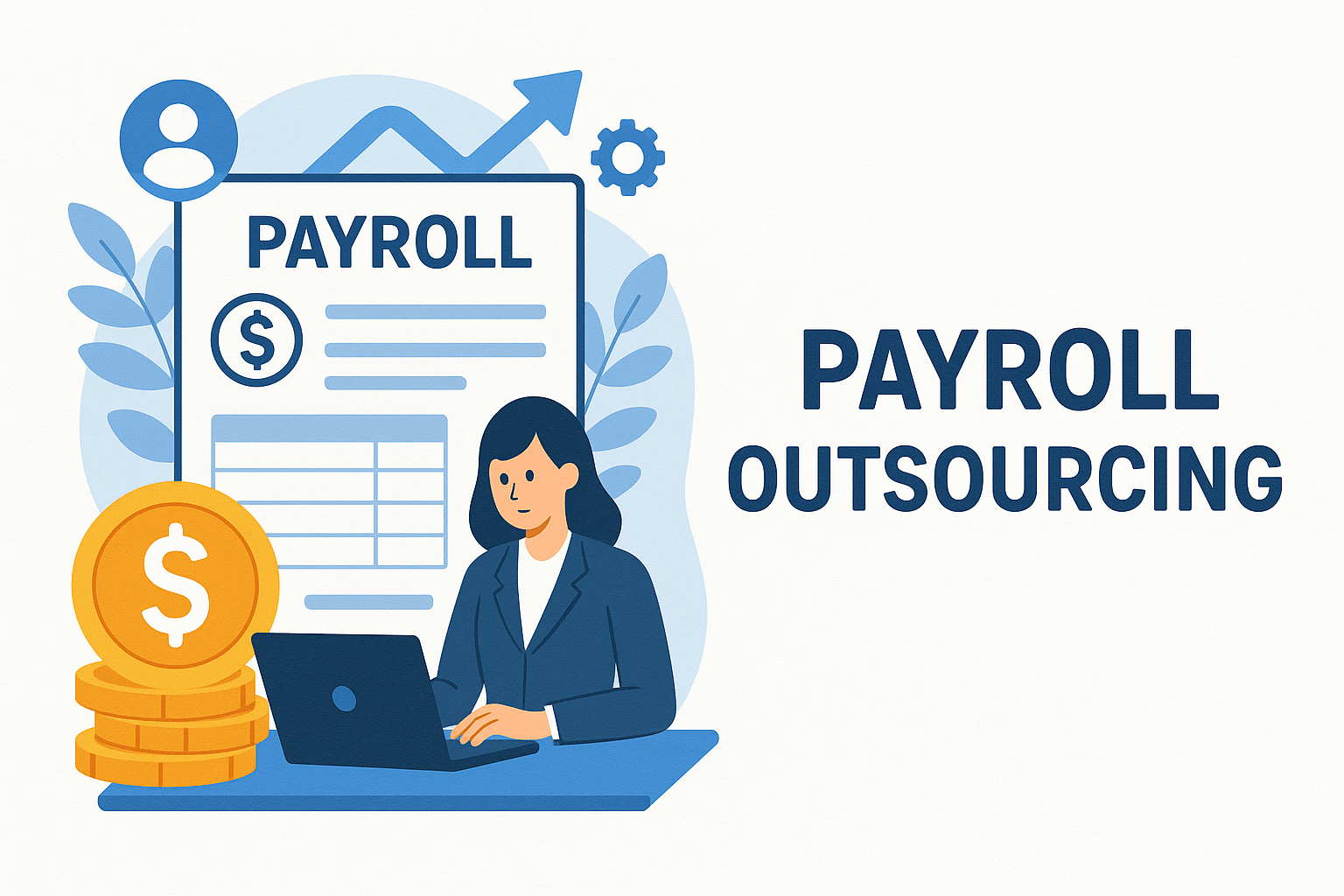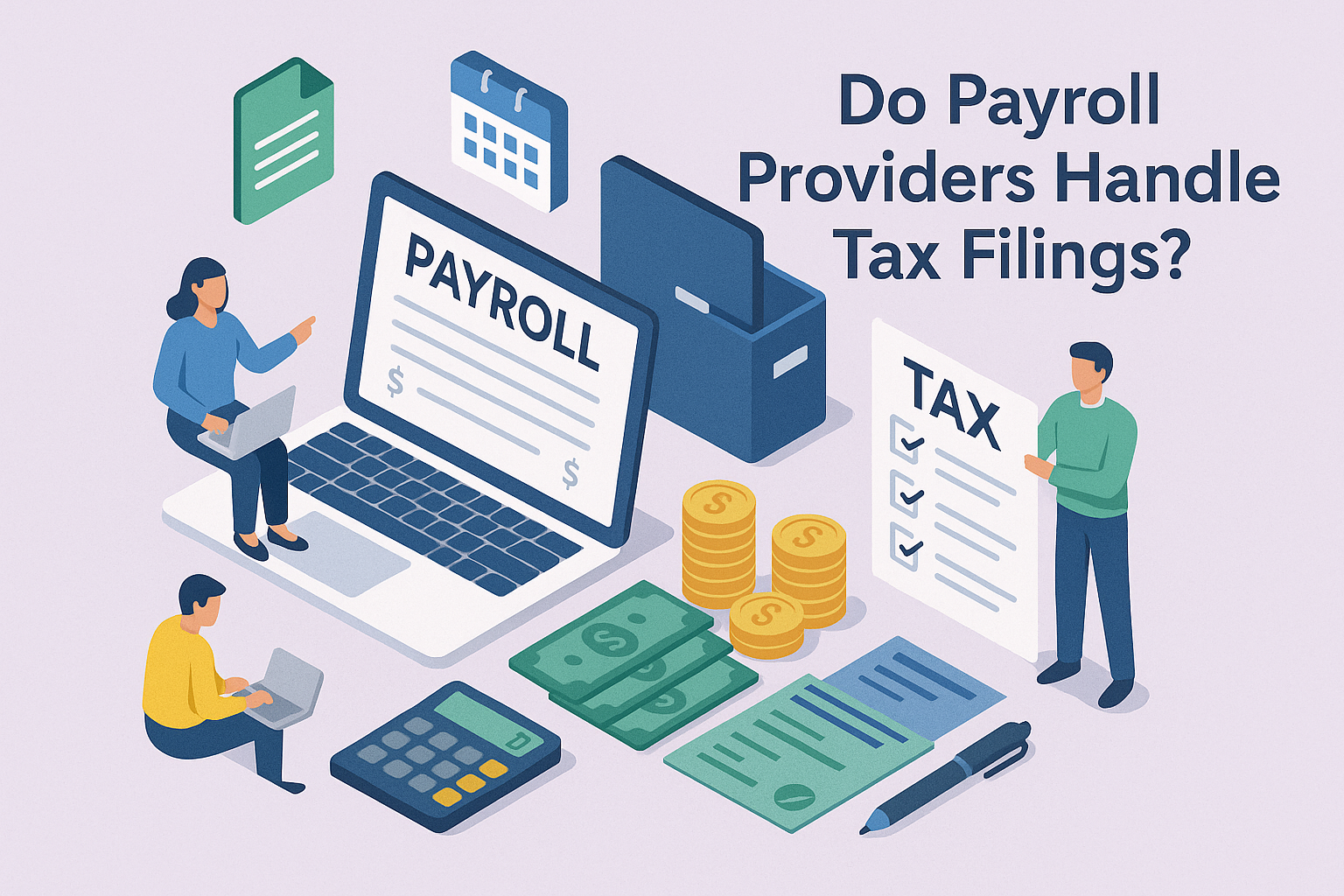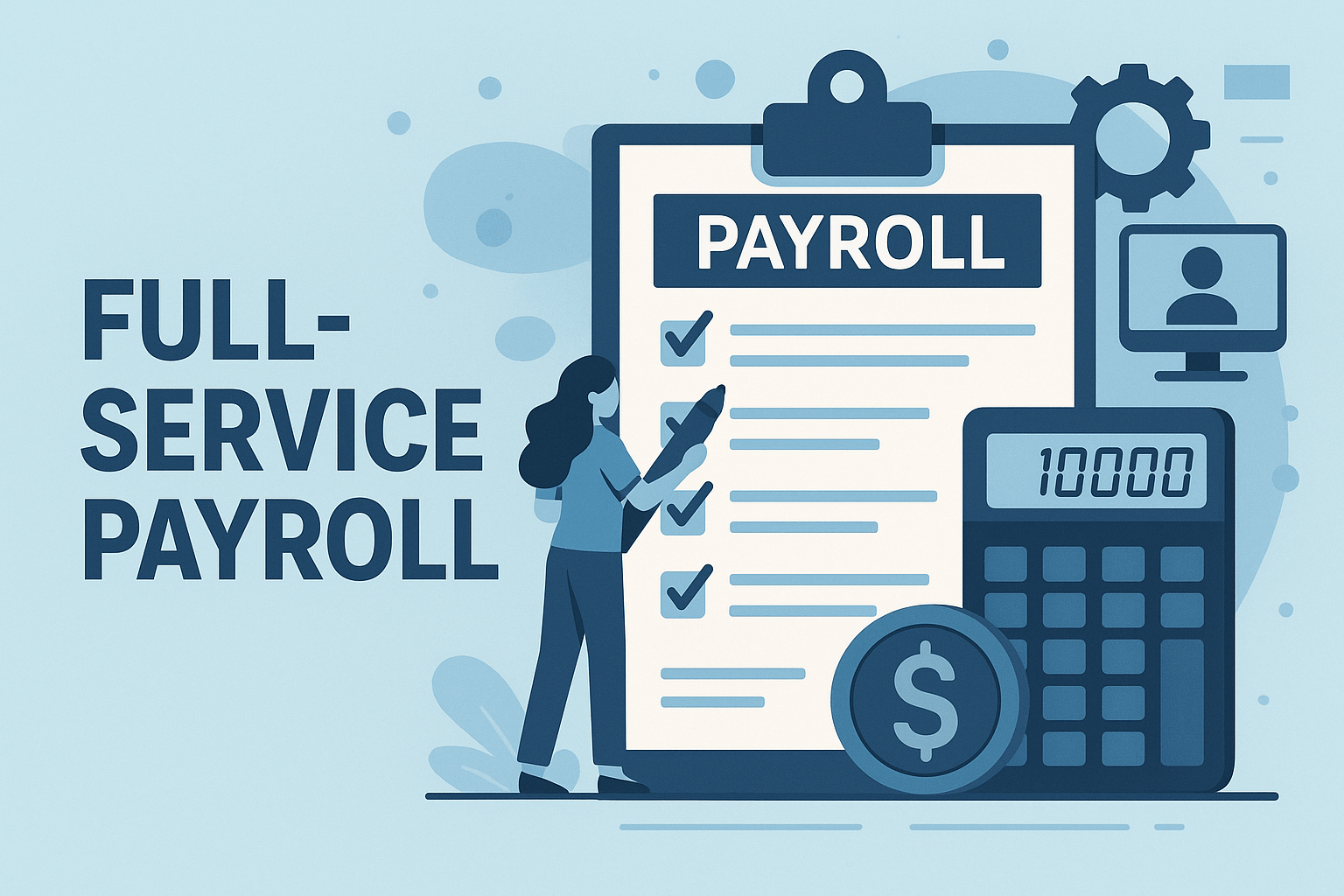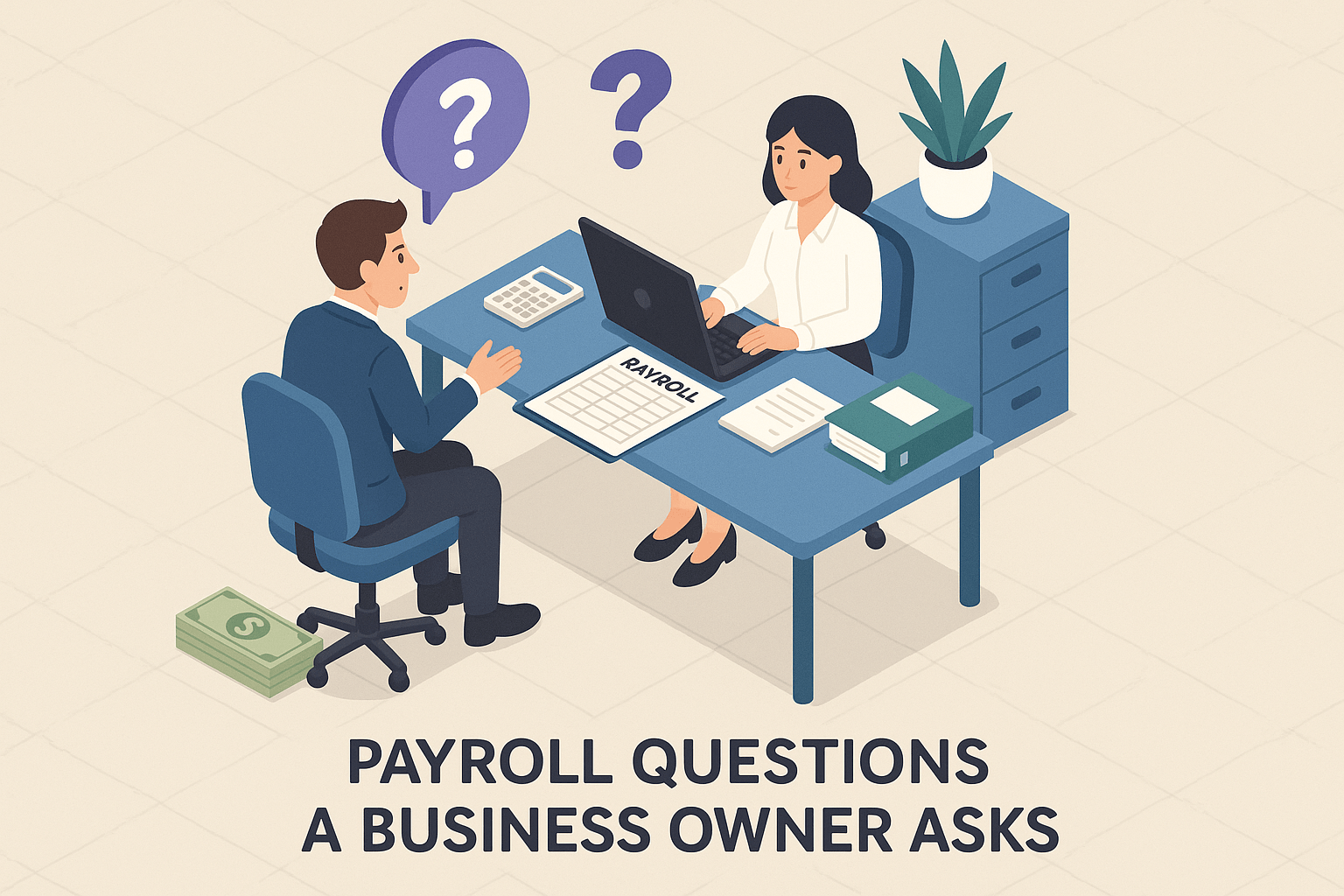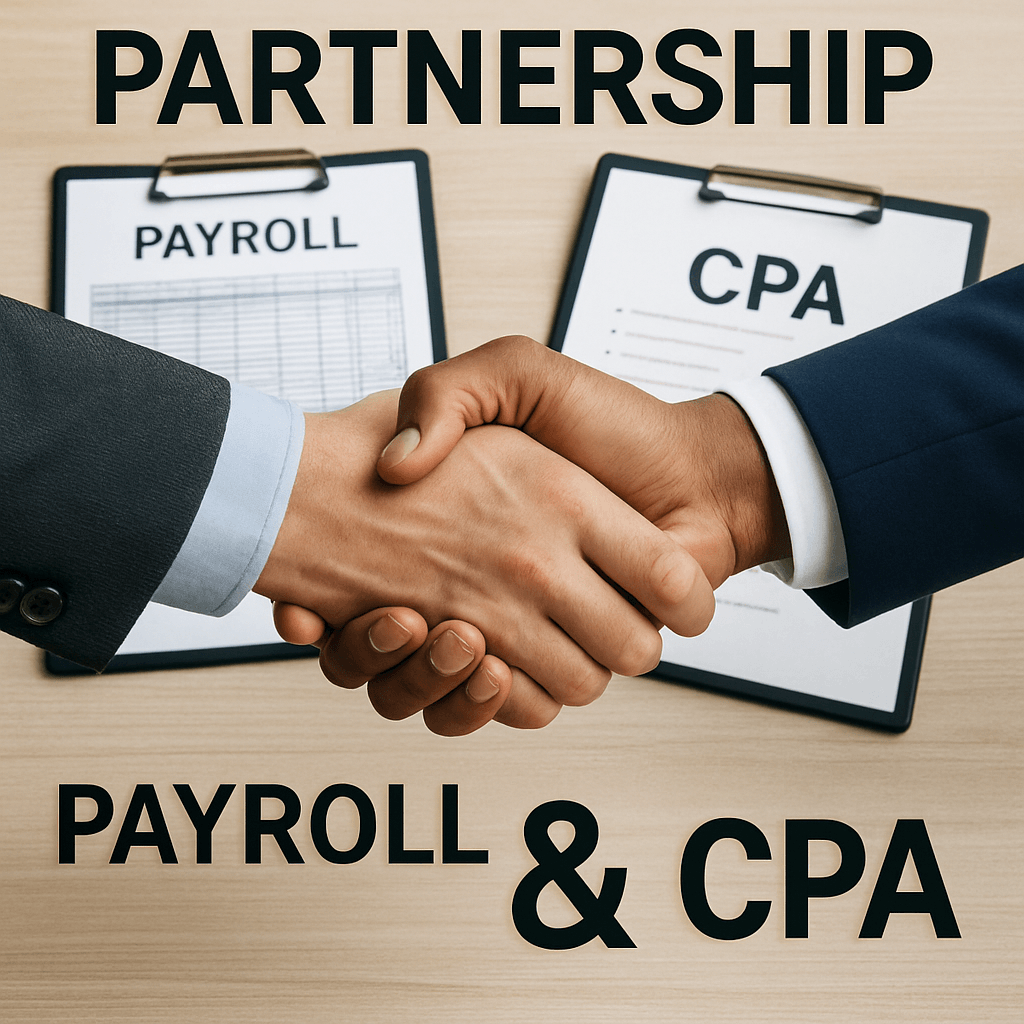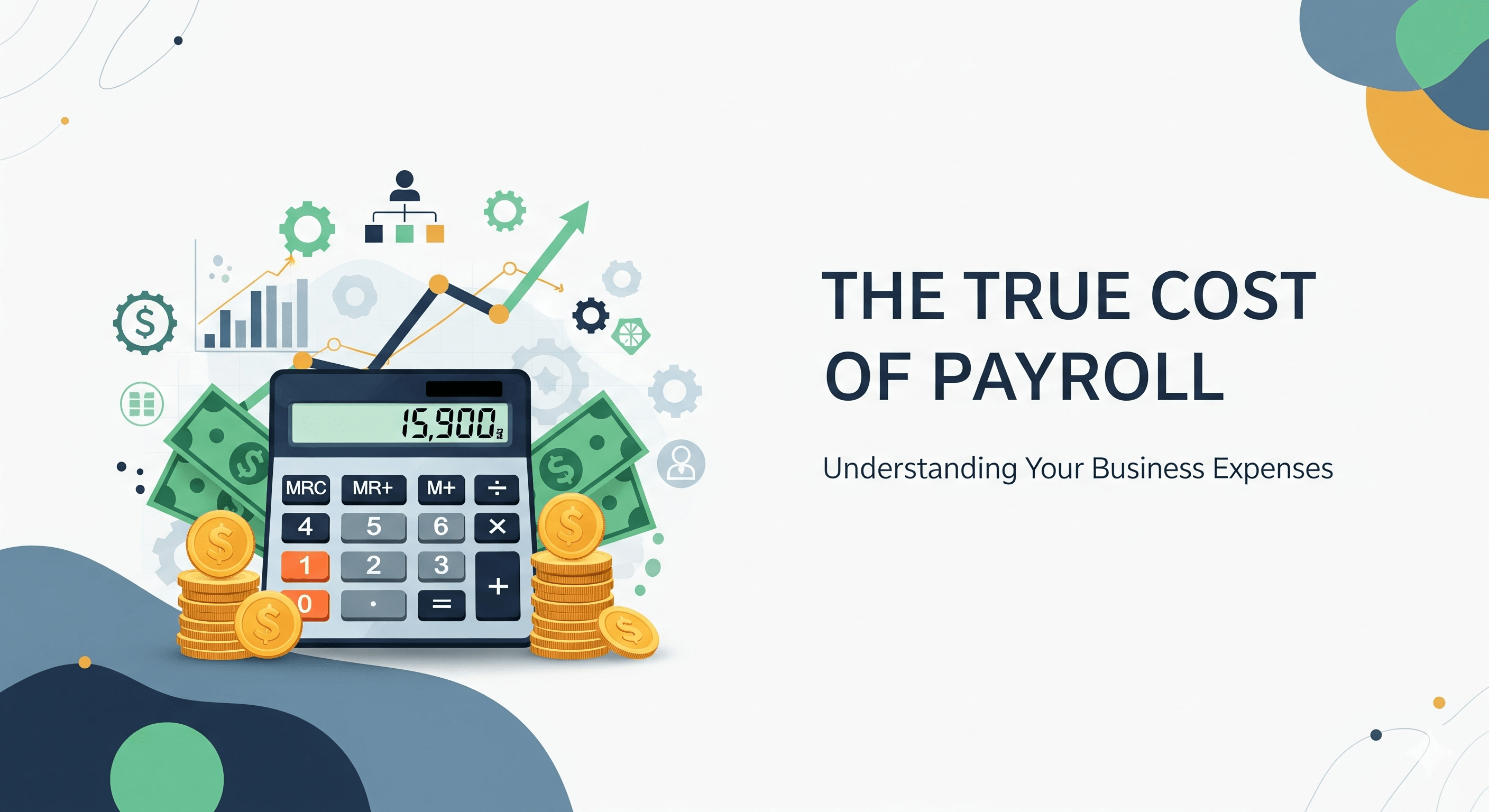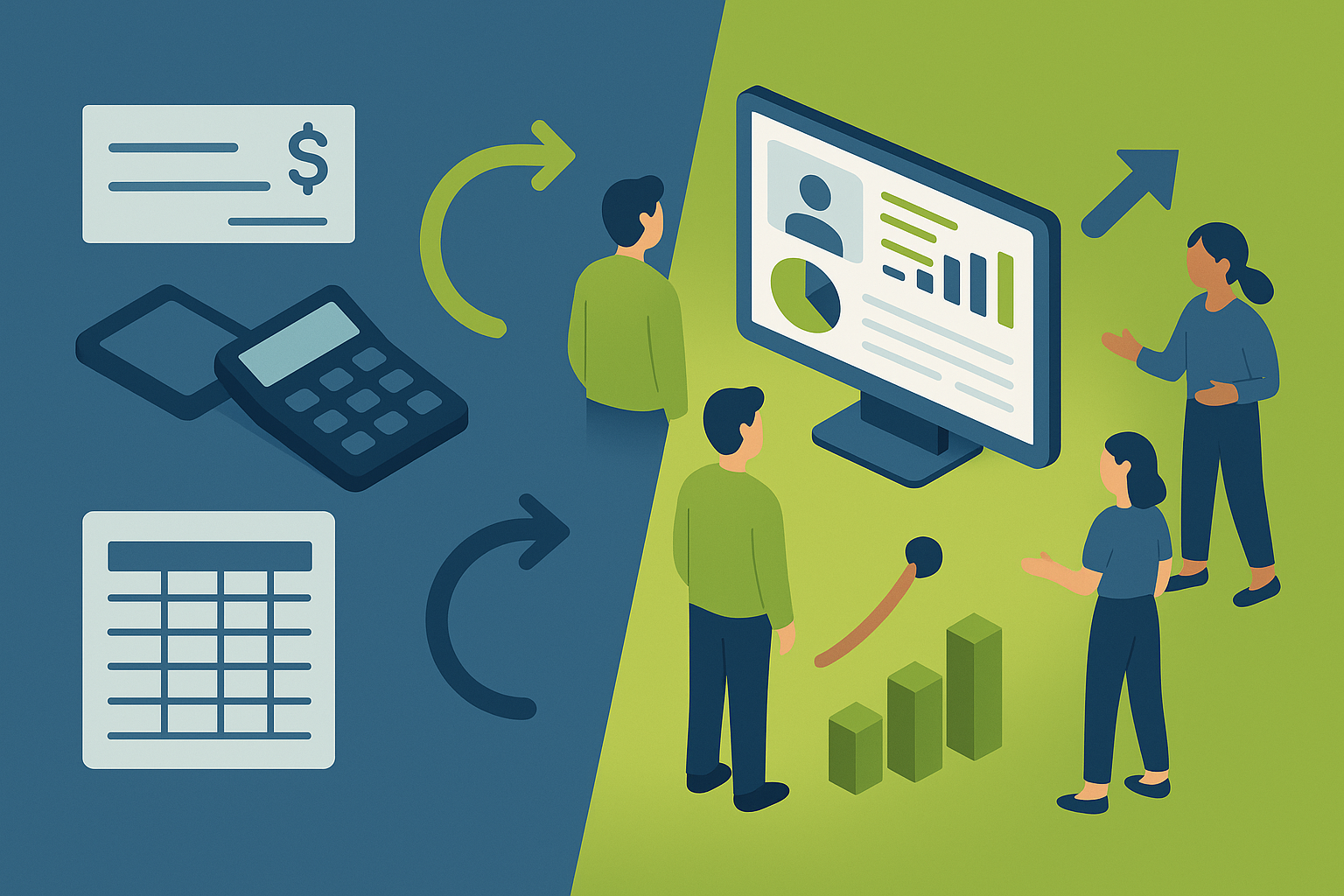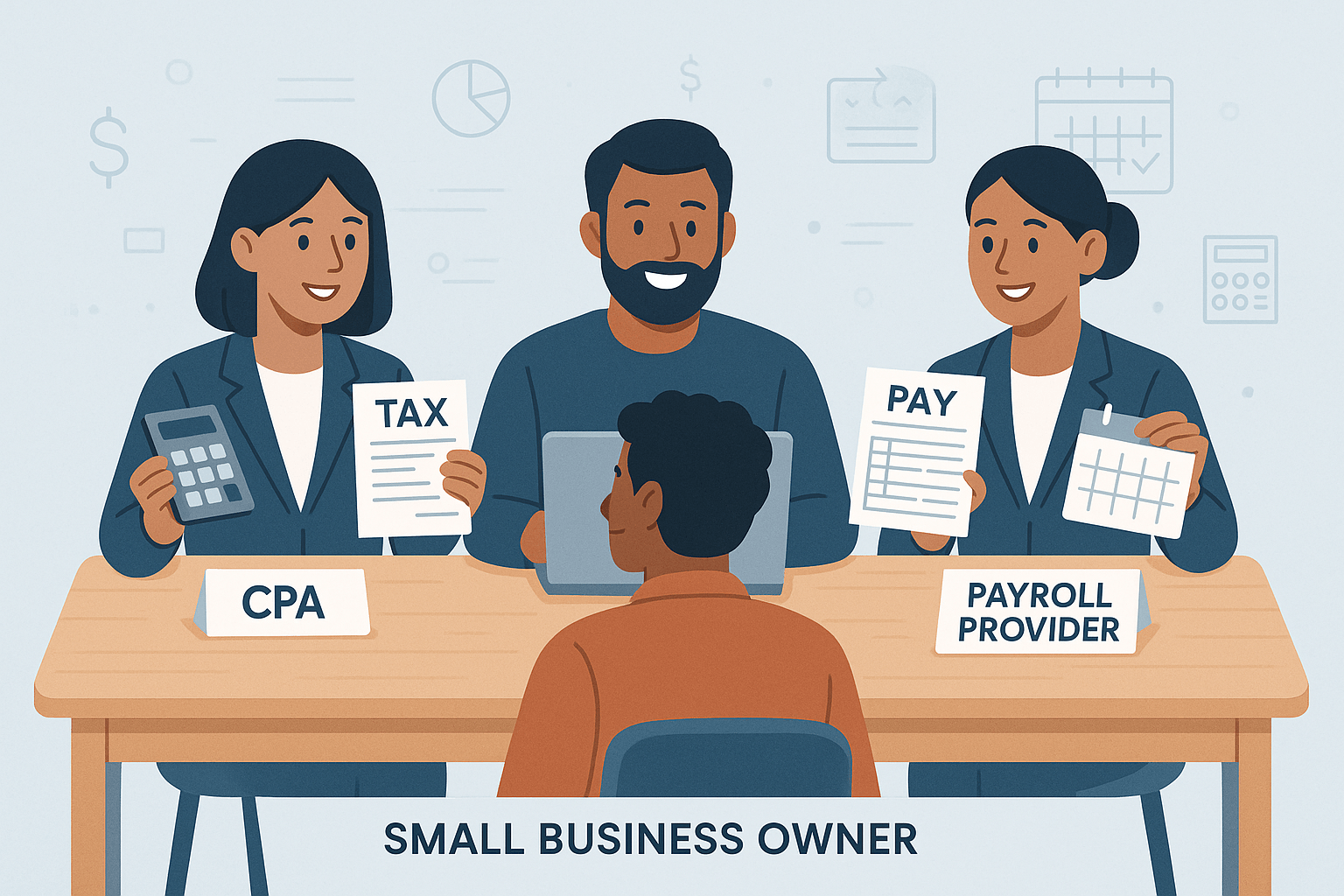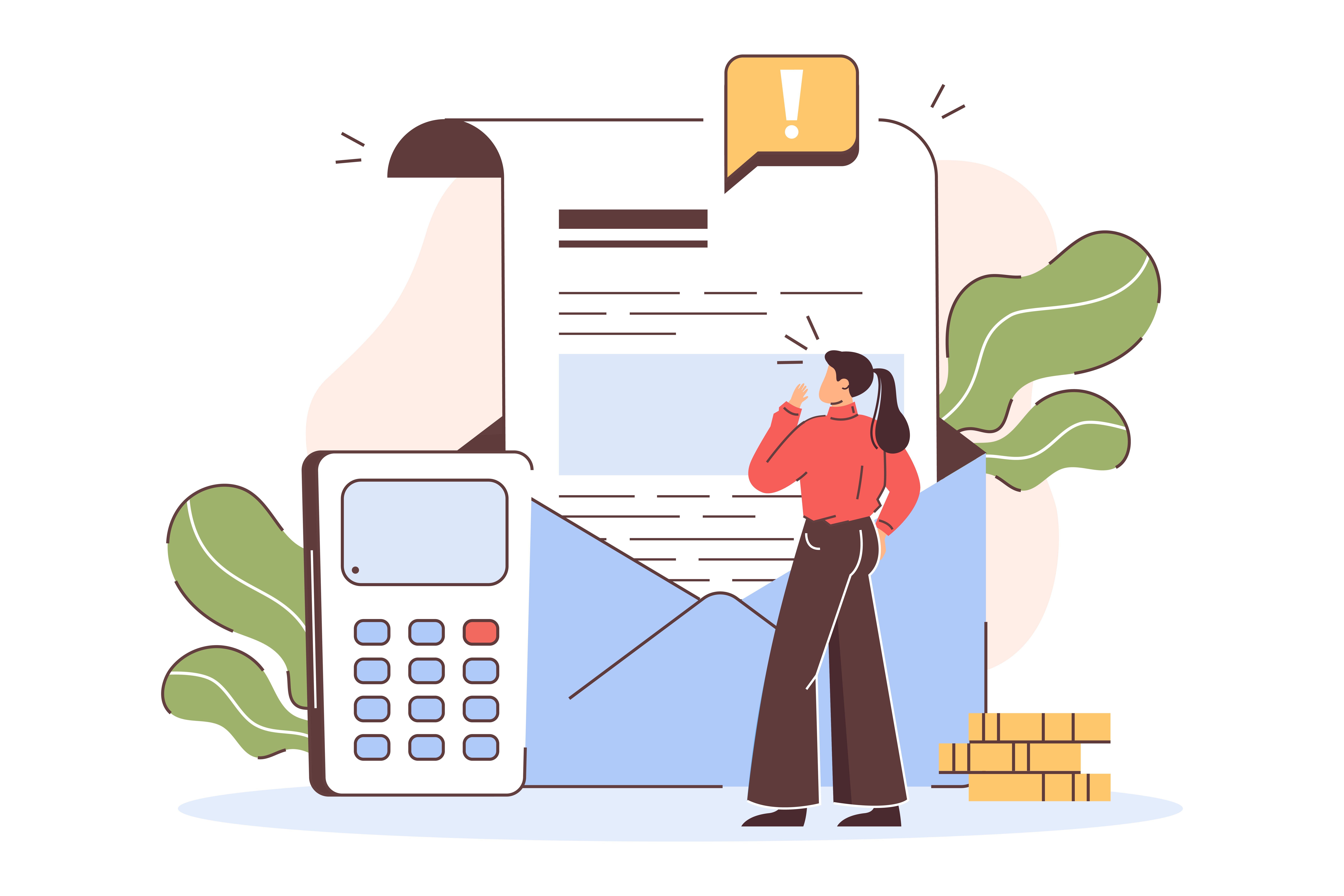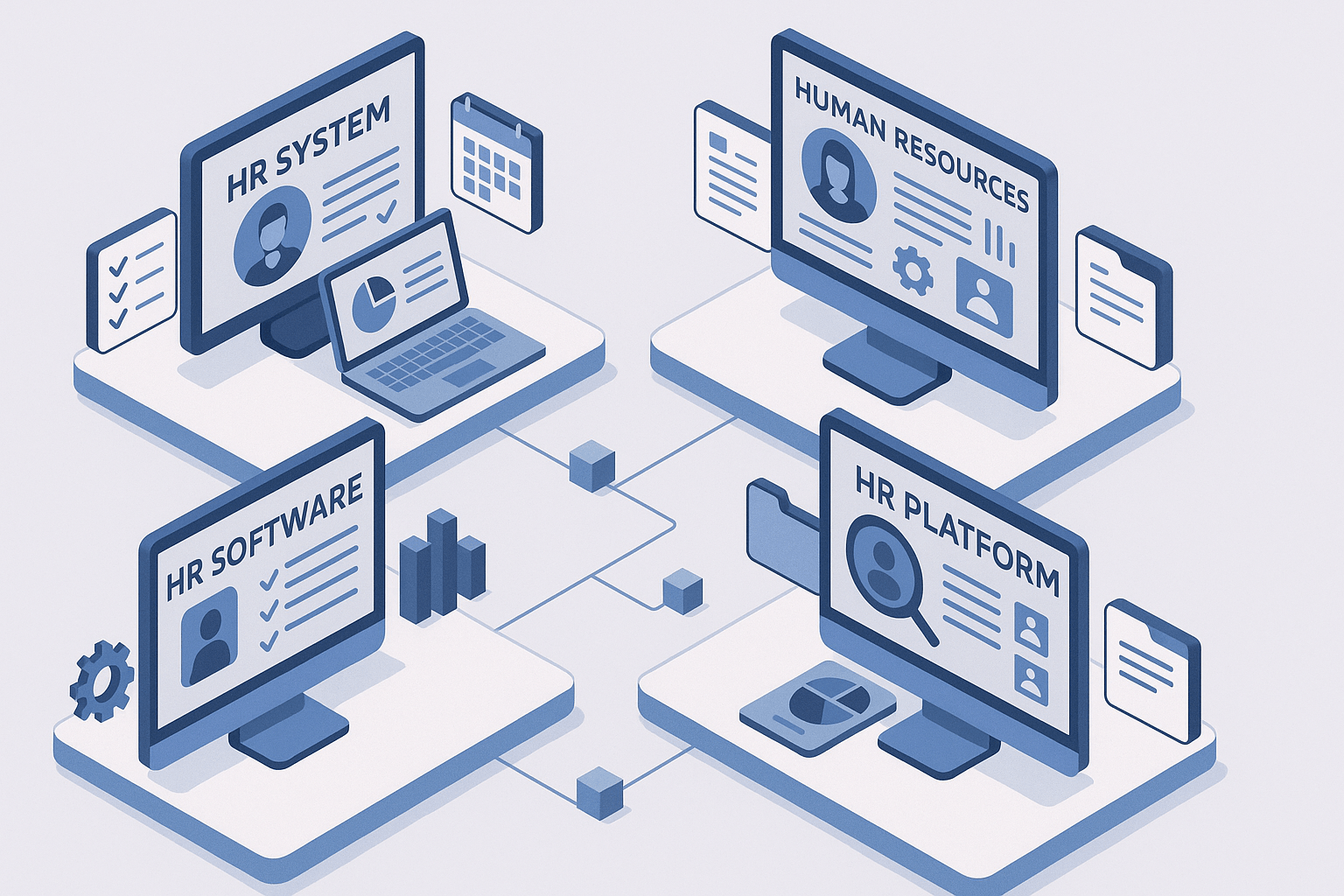The Future of Payroll: AI, On-Demand Pay, and Modern Systems
May 5th, 2025
6 min read

Does your payroll process feel like it's stuck in the past while everything else in your business moves forward? You're not alone.
Many HR managers and business owners tell us they waste hours each week dealing with:
- Manual data entry that leads to errors
- Disconnected systems that don't talk to each other
- Confusing compliance rules that keep changing
- Employee questions that take up valuable time
At Lift HCM, we've helped hundreds of businesses modernize their payroll systems. We've seen firsthand how frustrating your payroll process is when it feels outdated and inefficient.
This article will walk you through everything you need to know about modern payroll technology. You'll learn what's available today, what's coming tomorrow, and how to choose the right solution for your business.
Table of Contents
- What Does Today's Payroll Technology Landscape Look Like?
- What New Trends Are Changing How Companies Handle Payroll?
- How Is AI Transforming Payroll Management?
- How Are User Experience Improvements Making Payroll Easier?
- How to Choose and Implement a Modern Payroll System: A Step-by-Step Guide
- Regulatory Considerations: Staying Compliant With New Technology
- A Future Built on Empowered Payroll Experiences
What Does Today's Payroll Technology Landscape Look Like?
Payroll systems have evolved from static spreadsheets to dynamic cloud-based platforms that integrate with Human Capital Management (HCM) suites, performance management tools, and time tracking apps.
Today's leading payroll systems are cloud-based, mobile-friendly, and integrated.
-
Cloud vs. On-Premise: Cloud-based solutions offer faster updates, better security, and lower maintenance costs. On-premise systems may still exist in large enterprises, but they’re declining in relevance.
-
Mobile & Self-Service: Employees expect mobile access to pay stubs, W-2s, and direct deposit updates. Self-service portals reduce HR admin burden and empower employees.
-
Integration: Top systems now integrate seamlessly with performance management software and benefits platforms, helping reduce data duplication and errors.
Below is a bar chart comparing the capabilities of modern cloud-based systems versus legacy on-premise solutions across key features like mobile access and integration capabilities.
This shift to cloud systems means:
- Automatic updates for tax laws and compliance
- Better security for sensitive data
- Less work for your IT team
- Access from anywhere with an internet connection
Integration Challenges and Solutions
When implementing new payroll technology, integration with existing systems often presents the biggest hurdle.
- Common integration points: HRIS, accounting software, time & attendance, benefits platforms
- Integration strategies: API connections, middleware solutions, or full-suite replacement
- Data synchronization: Establish clear master systems for overlapping data points
💡 Pro Tip: Create a detailed data flow map before selecting a new payroll system to identify all integration points and potential challenges.
What New Trends Are Changing How Companies Handle Payroll?
The payroll world is changing quickly. Here are the most important trends reshaping how businesses pay their employees.
On-Demand Pay: Why Employees No Longer Want to Wait for Payday
Imagine your team getting paid instantly after finishing their shift—no more waiting for the traditional payday. This "earned wage access" is gaining popularity fast.
What you need to know about on-demand pay:
- How it works: Employees access a portion of their earned wages before the scheduled payday
- Benefits: Reduces financial stress, improves employee satisfaction, and can lower turnover by up to 27%
- Considerations: You'll need to think about cash flow management and platform integration
The line chart below shows the rapid growth trend of on-demand pay adoption from 2020-2025, with projections reaching 42% as of 2025. The adoption of on-demand pay solutions has grown exponentially over the past five years, from just 5% of businesses in 2020 to a projected 42% by the end of 2025.
This rapid growth reflects both increased employee demand for financial flexibility and broader availability of technology solutions that make implementation feasible for employers of all sizes.
How Blockchain Is Making Payroll More Secure and Efficient
Blockchain is no longer just for crypto. Payroll teams are now exploring blockchain for security, automation, and global payments.
-
Security: Blockchain secures sensitive payroll data with immutable records.
-
Smart Contracts: Automate payments based on predefined conditions.
-
Global Payroll: Reduces friction in international wage transfers.
Pro Insight: Early adopters of blockchain payroll solutions report 35% faster processing of international payments and significant reduction in transaction fees.
Biometric Authentication: Balancing Security and Privacy
Facial and fingerprint recognition are enhancing both security and efficiency in payroll systems.
-
Integration: Biometric time clocks feed accurate hours directly into payroll.
-
Compliance: Must follow privacy regulations like BIPA and GDPR.
-
Adoption Tip: Offer opt-outs and educate employees for smoother implementation.
As you can see in the piechart below, fingerprint verification leads biometric authentication adoption at 45%, followed by facial recognition (30%) and voice recognition (15%). Emerging technologies like palm vein scanning (7%) and iris recognition (3%) are gaining traction but remain less common. When implementing biometric authentication, organizations must consider both security benefits and compliance with regional privacy regulations like BIPA (Illinois) and GDPR (European Union).
Implementation Tip: When introducing biometric authentication, provide alternatives for employees with concerns to ensure smooth adoption.
How Is AI Transforming Payroll Management?
Artificial intelligence is the biggest game-changer in modern payroll. Here's how AI tools make payroll faster, smarter, and more accurate.
Intelligent Error Detection: Catching Mistakes Before They Happen
Machine learning can detect anomalies like duplicate time entries, missed punches, or pay code misalignments.
AI implementation delivers dramatic reductions across all common payroll error categories. Below is a before/after comparison chart demonstrating how AI implementation dramatically reduces common payroll errors across categories, with an average 69% reduction in errors.
The most significant improvements occur in duplicate entries (73% reduction) and missing hours (72% reduction). Overall, organizations implementing AI-powered payroll systems experience a 69% reduction in total monthly errors, translating to significant time savings and improved employee satisfaction through more accurate paychecks.
AI reduces human error by learning your payroll patterns and flagging issues before they happen.
-
Timekeeping Patterns: Spots suspicious or out-of-policy entries.
-
Proactive Compliance: AI checks for rule changes across jurisdictions and adjusts settings accordingly.
Predictive Analytics: Turning Payroll Data Into Business Intelligence
Modern payroll systems don't just process payments—they provide valuable insights for better business decisions.
AI doesn’t just fix errors—it predicts future needs.
-
Labor Cost Forecasting: Model budget scenarios based on expected growth or seasonality.
-
Strategic Insight: Know when to hire, when to trim OT, and how benefits impact retention.
With prediction accuracy reaching 92% in mature systems, you can make confident decisions about budgeting and staffing.
Conversational AI: Making Payroll Self-Service Simple
Natural language processing (NLP) is revolutionizing employee interactions with payroll systems.
-
Chatbots: Employees can ask, “When do I get paid?” and get instant answers.
-
Voice Assistants: Enable managers to approve payroll hands-free.
-
Sentiment Analysis: Spot dissatisfaction trends in employee feedback.
By 2027, experts predict 60% of all payroll questions will be answered by AI assistants—freeing up your HR team for more strategic work.
Implementing Conversational AI: Timeline and Costs
How Are User Experience Improvements Making Payroll Easier?
Even the most powerful payroll system fails if people find it difficult to use. Here's how smart design is making payroll more user-friendly.
The Evolution of Employee Self-Service: What Today's Workforce Expects
Today's employees expect digital convenience in all aspects of work, including payroll. Modern payroll design focuses on mobile-first, intuitive experiences.
Modern self-service portals should be:
- Mobile-first: Designed for phones, not just desktops
- Personalized: Tailored to each user's preferences and role
- Accessible: Usable by all employees, including those with disabilities
Companies with well-designed self-service report up to 70% fewer payroll-related support tickets.
User adoption tip: Involve employees in the design and testing phases to ensure the interface meets their actual needs, not just what IT or HR thinks they want.
How Gamification Is Making Payroll Tasks More Engaging
Gamification isn't just for fitness apps and language learning. Smart payroll systems now use game-like elements to increase engagement:
- Progress Bars: Show % completion of onboarding or timesheet submission.
- Rewards: Incentivize timely actions with points or recognitions.
- Learning Modules: Help admins master new tools with interactive tutorials.
Implementation Strategy: Start small with basic elements like progress bars, then expand as users get comfortable with the system.
Financial Wellness Tools: Going Beyond Just Processing Paychecks
Today's best payroll systems help employees better understand and manage their finances:
-
Budget Tools: Embedded features to track spending and savings goals.
-
Tax Guidance: AI-generated suggestions for optimizing withholdings.
-
Retirement Planning: Integration with 401(k) and financial advisors.
💡 Did You Know? Companies offering integrated financial wellness tools report 28% higher employee satisfaction scores.
How to Choose and Implement a Modern Payroll System: A Step-by-Step Guide
Now that you understand what's possible, how do you actually select and implement the right system for your business?
Step 1: Assessment - Understanding What You Need
Before shopping for new technology:
- Document your pain points: What specific problems need solving?
- Gather stakeholder input: Talk to HR, finance, IT, and employees
- Prioritize must-have features: Separate needs from nice-to-haves
Step 2: Strategic Planning-Creating Your Implementation Roadmap
Modernizing payroll doesn’t happen overnight.
-
Budgeting: Calculate long-term ROI from automation and reduced errors.
-
Timeline: Plan a phased rollout to avoid disruption.
-
Team: Assign champions across departments to drive adoption.
This Gantt chart outlines a comprehensive six-month implementation process for a mid-sized organization. The critical path (shown in red) highlights dependencies between key milestones that must be completed sequentially.
Note that data migration represents the longest single phase (approx. 2.5 months) and overlaps with both vendor selection and testing phases. Organizations should build additional buffer time into their implementation plans to accommodate unexpected challenges.
Step 3: Change Management - Getting Everyone On Board
Technology alone isn’t enough—people need support.
-
Communication: Announce benefits clearly and often.
-
Training: Mix online modules, workshops, and documentation.
-
Metrics: Track adoption, error rates, and satisfaction.
Regulatory Considerations: Staying Compliant With New Technology
As payroll systems get more sophisticated, so do the compliance considerations.
Data Security Requirements for Modern Payroll
Make sure your provider meets these essential standards:
- Compliance: Align with SOC 2, GDPR, and state-specific mandates.
- Vendor Vetting: Ensure your provider encrypts data and limits access.
- Audit Trails: Use systems that log changes to protect against fraud.
📌 Lift HCM Tip: Always ask potential vendors for detailed information about their security measures and compliance certifications.
AI Governance: Ensuring Fair and Transparent Automated Decisions
As AI plays a bigger role in payroll, you need clear governance policies:
- Transparency: Know how your algorithms make decisions.
- Bias Detection: Routinely check for disparate impacts.
- Human Oversight: Keep HR in the loop to validate final outputs.
Creating a formal AI governance policy isn't just good practice—it may soon be required by law in many jurisdictions.
A Future Built on Empowered Payroll Experiences
In the past, payroll was often a slow, reactive, and error-prone task that left both employees and administrators frustrated. Manual inputs, siloed systems, and late-night spreadsheets were the norm.
Today, with AI, real-time access, and intuitive design, payroll can be a seamless, strategic advantage. By following this guide, you now understand how to evaluate new technologies, prepare your team for change, and stay compliant.
Looking ahead, payroll will continue evolving—from predictive staffing insights to fully conversational interfaces. By choosing the right partner and investing in forward-thinking tools, you can turn payroll from a headache into a strategic lever for growth and engagement.
Caitlin Kapolas is a results-driven professional with a strong background in account management and retail. She is dedicated to improving client experiences and building lasting relationships. Caitlin excels in identifying client needs, resolving issues, and implementing customized solutions that drive value. Her effective communication skills ensure high client satisfaction and loyalty, making her a trusted advisor and partner in meeting client needs with precision and professionalism.











